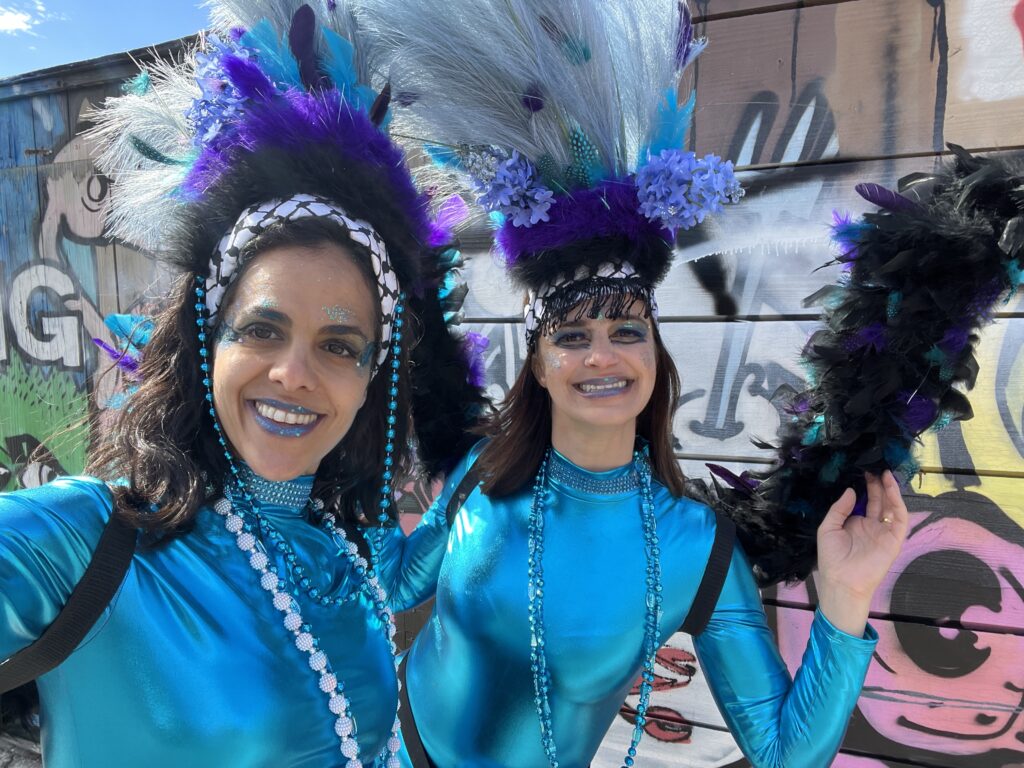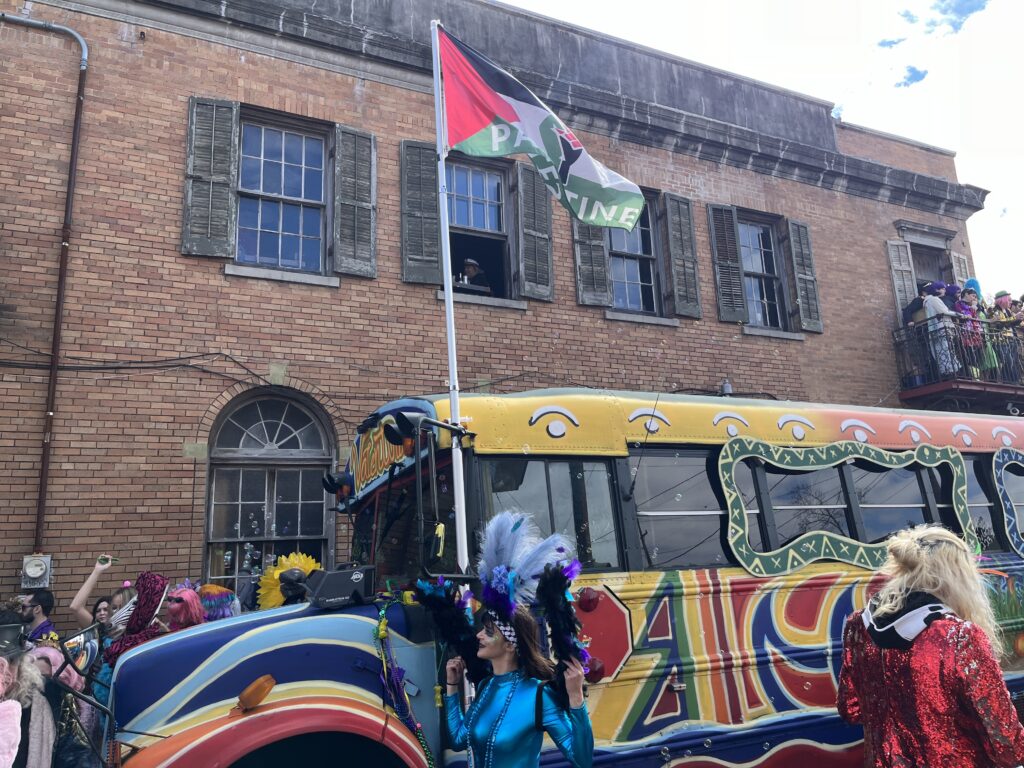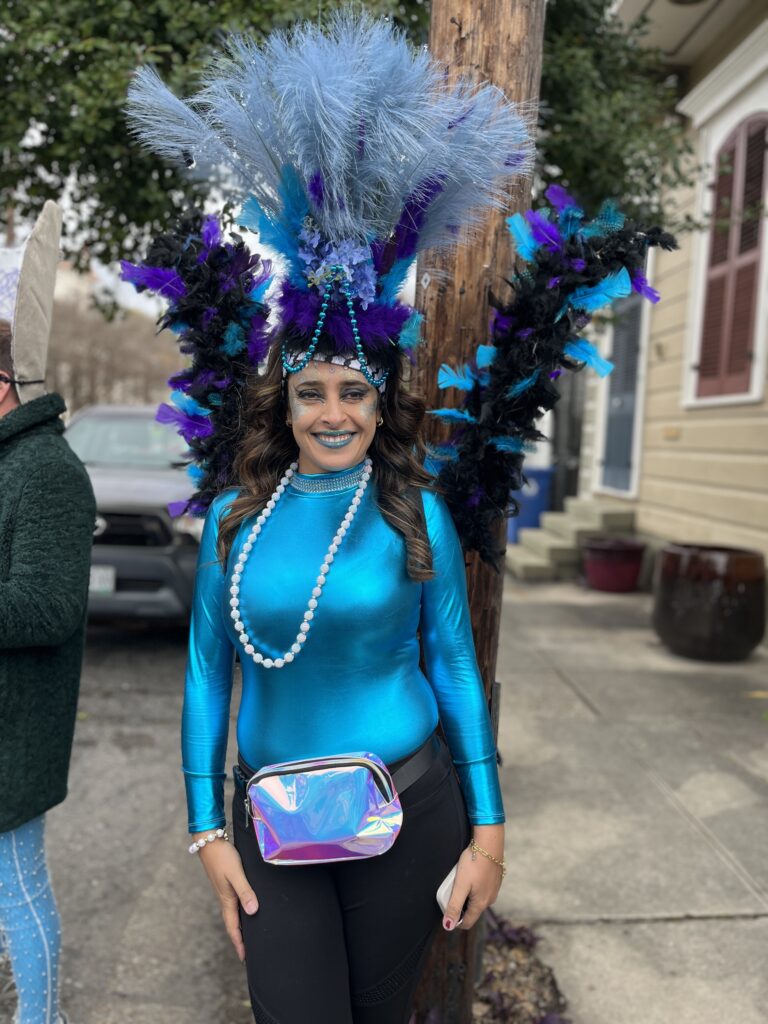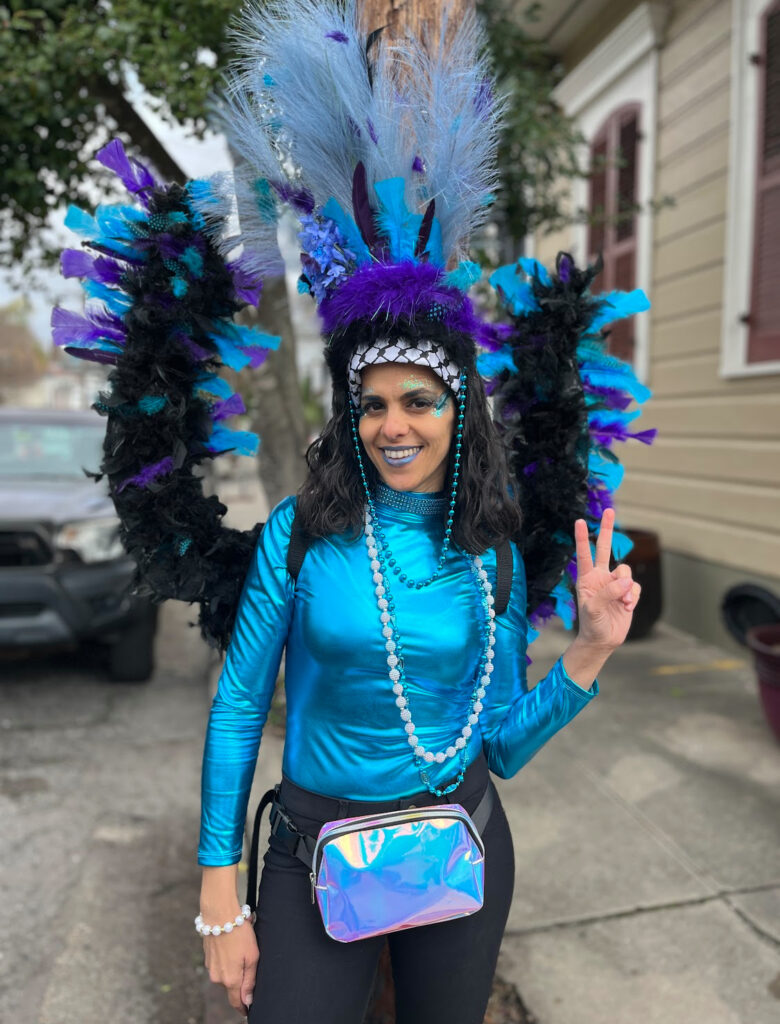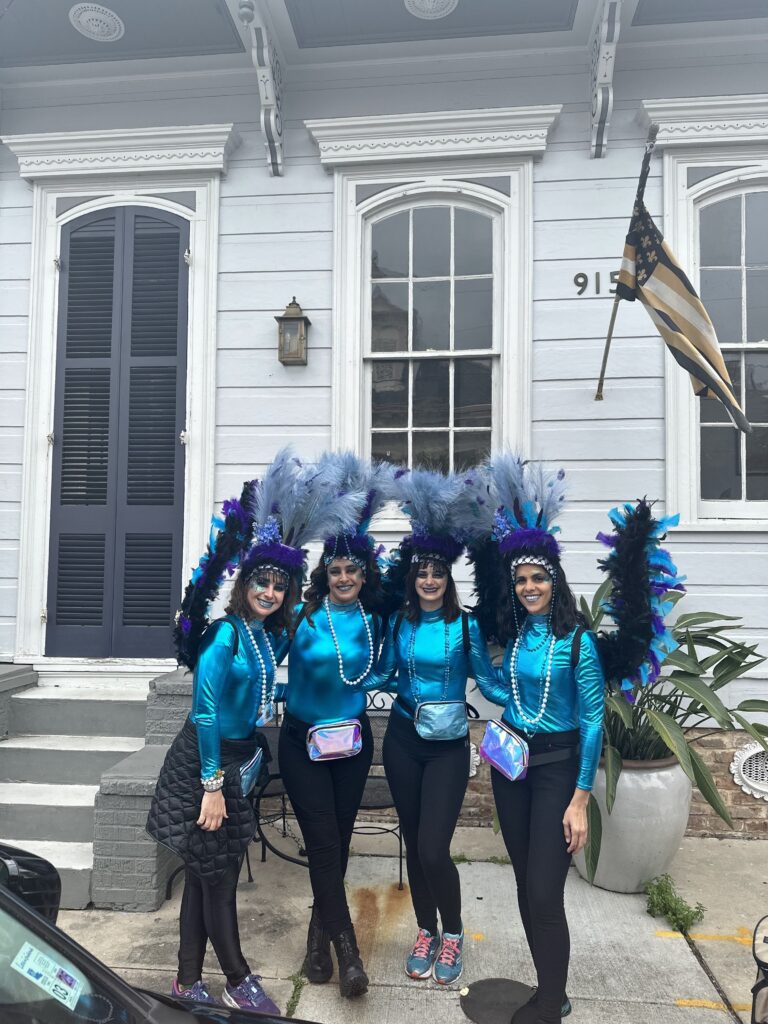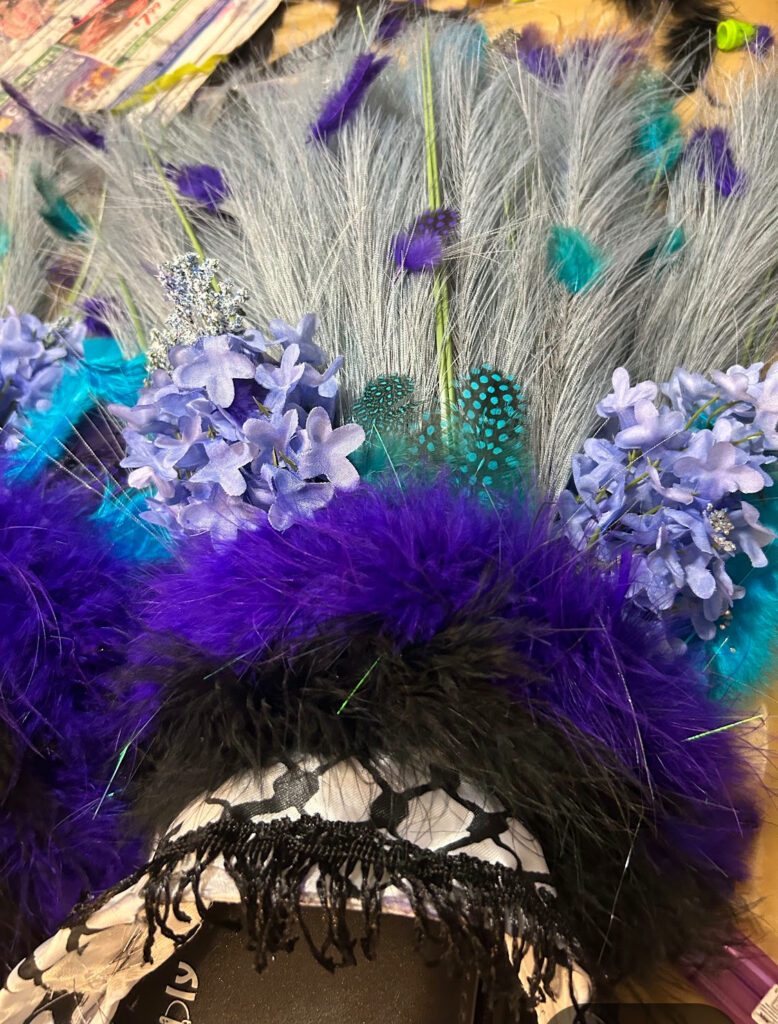We have a thing for birds in our family.
Small, crooked birdhouses have dotted the fig tree in my parents’ backyard for as long as I can remember.
My father once startled me when he shouted with sheer excitement to my mother to come outside and see a Rufous hummingbird, with its rich red feathers, perching on the faded fence boards that surround our home.
Many years later when I was pregnant with my son, my family affectionately referred to the tiny seed of life growing within me as “baby birdie” even after his name – Jaad – was chosen.
So, when I came across an illustration of the Palestine Sunbird enmeshed in agonizing images of human carnage in Gaza one late night in January, I felt instinctively drawn to it, and immediately enamored of its beauty.
The Palestine sunbird, also called the orange-tufted sunbird, is Illustrious and iridescent. It can be spotted hovering in cities and villages throughout Palestine and Israel, the female with her mostly gray feathers, and the male with its lustrous blue and purple plumage. The Palestinian Authority adopted it as the national bird in 2015.
After seeing the image that night I kept imagining this small bird, wings glistening in the sunlight, soaring in its native land.
It was right around this time that I was preparing for a visit home from Lisbon to New Orleans, which coincided with Mardi Gras. In a flurry of hectic, cross-continent travel preparations, I pitched my siblings on the idea of costuming as Palestine sunbirds for Mardi Gras.
I thought it would be a hard sell.
We never imagined that Israel’s brutal offensive in Gaza following the October 7 attacks by Hamas would continue long into carnival season.
By January, what began as a palpable mixture of grief, anger and tension in our family had morphed into a dark, stagnant cloud that loomed over everything in our lives.
Even Mardi Gras.
But to my surprise, my siblings all agreed without hesitation. We immediately started brainstorming ways to bring this little bird to life.
By the time I arrived home, we had less than a week to get to work on our costumes.
First, we focused on the wings.
We sketched images, watched tutorials, and engineered a prototype. But as amateur crafters, it proved trickier than we expected. At one point, we thought we might have to abandon the wings altogether.
But what are birds without wings, I urged?
We toiled and tinkered some more. We re-shaped, re-sized and re-fitted them before we finally got them right, all along the symbolism of the bird looming over us quietly as we worked against time.
Next came the headdresses.
Tired and tense, we meticulously glued fine feathers trying to capture the essence of the spectacular species. This very simple task, which unexpectedly allowed us to channel the myriad of intense emotions that had penetrated our lives in the days, weeks, and months that preceded, felt cathartic, enlivening even.
In between sewing and hot gluing, we watched as the death toll of civilians – humans – in Gaza rose steadily each day.
We questioned whether we should continue at all; if it was right to partake in the revelry of Mardi Gras when so many Palestinian people were facing unfathomable loss and suffering. But we decided to carry on.
Resistance exists in many forms.
In her reflection on the Palestine Sunbird, scientist Riwa Ajwi, notes that Palestinian poet Tamim Al-Barghouti ties resistance to beauty.
“Whenever you face injustice, remember to defend yourself by finding beauty…document, prove, and defend it because all beauty is resistance.”
We worked late into Lundi Gras sewing swaths of the kuffiyeh, which has evolved through the ages as a mark of rank and honor among Mesopotamians to a symbol of Palestinian resistance and solidarity.
We added the final touches – blue gemstones to the very edges of our iridescent body suits, to help the Sunbird sparkle.
At last, Mardi Gras arrived.
Somehow the day felt like a resting place we had all finally reached. We had traversed the months of navigating our lives beneath a backdrop of grief and guilt for what we were each bearing witness to. We had each survived something, in some way.
On Mardi Gras morning we woke up early, painted our eyes and lips with shades of blues and violets, dusted glitter on our cheeks, said a silent prayer.
The same familiar thrill and excitement of Mardi Gras that we had known all our lives, was there, but it was dulled and steeped in a heavy heartedness that was new to us.
We wondered how we might be received in a time and place where the mere mention of Palestinian identity and freedom has been consequential.
But nonetheless we put on our wings, adjusted our headpieces, and marched on.
When we arrived in the Marigny on that frigid and sunny Tuesday to join in the St. Anne parade, to our hearts’ content, we were warmly welcomed. Throughout the day we were met by many people who expressed both their sorrow and solidarity with us.
We hugged strangers. We danced in the street. We fought back tears as we spotted a Palestinian flag flying above a bus with no owner in sight.
By the end of the day, exhilarated and exhausted, we sat on the Mississippi River and discovered with awe and admiration astounding creative solidarity for Palestine on display among Mardi Gras go-ers. We found the words Free Palestine sprawled across the concrete. Our city was speaking to us.
For one day, we were given a desperately needed nudge that seemed to say, despite the despair we were all feeling, we had a branch right here at home to rest our heavy hearts on.
